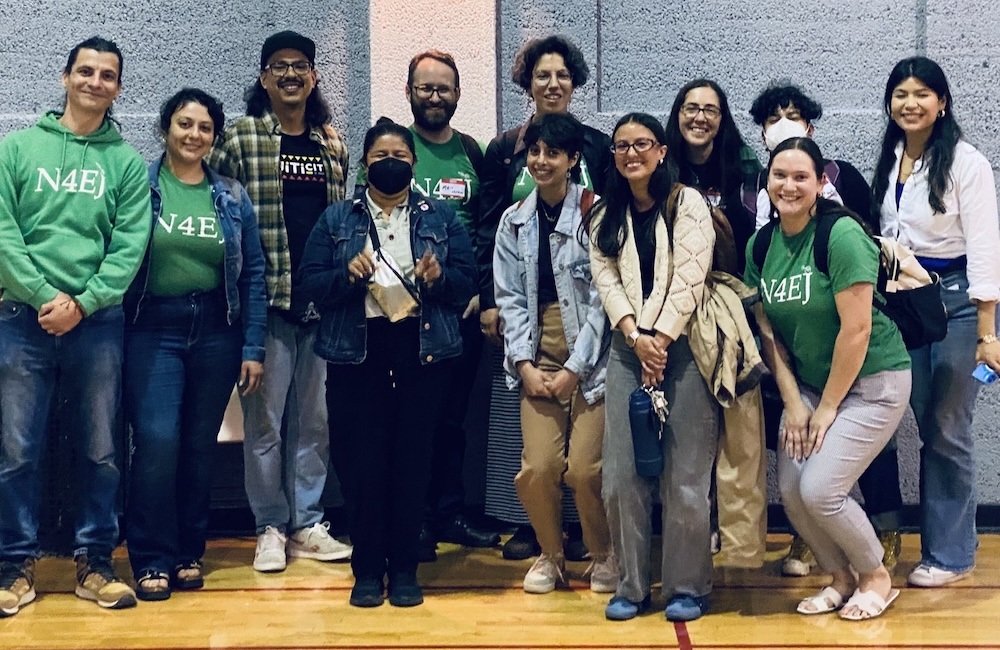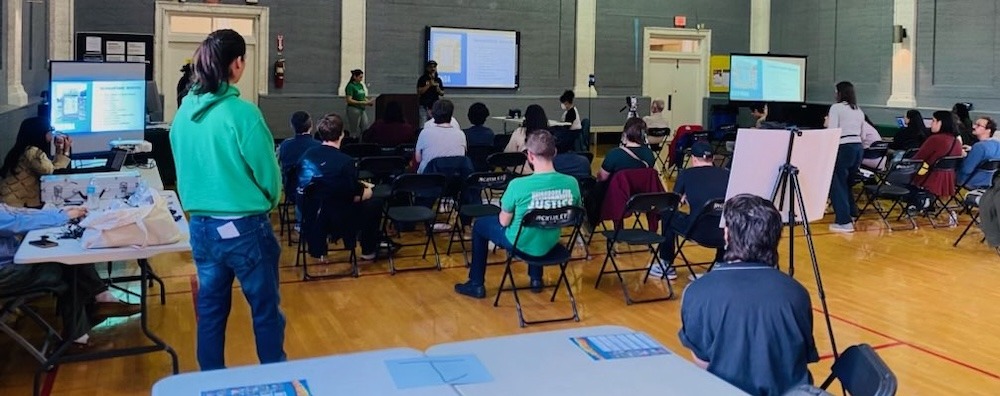
A room full of constituents from Brighton Park, Pilsen, McKinley Park, Rogers Park, La Villita, and other neighboring communities gathered in the McKinley Park Fieldhouse May 29 to discuss the future of Western Avenue public transit – a kick off in a spring and summer of work to advocate for improvements along the corridor.
Frustration and hope at town hall
Presenters explained the Chicago Department of Transportation (CDOT) and the Chicago Transit Authority’s (CTA) Better Streets for Buses Toolboxes as well as the power that the City Council and the Mayor have in prioritizing and funding such infrastructure. We spread out large maps of Western Avenue, passed around markers, and started imagining what our city’s bus system could be.
People spoke with a mix of frustration and hope. One person shared how they have to take three buses just to get to work every day. Another simply said, “I want to be freed by the [public transit] system, not trapped by it”. A teacher described how unsafe it feels for students to wait at exposed bus stops after school.
Others voiced similar frustrations around the reliability, safety, and importance of public transit:
“Every time a bus doesn't come, it feels like the city is telling us we don't matter.”
“Western doesn't serve anyone well. It diminishes the quality of life of everyone it touches.”
When talking about the area between 35th street and the northern part of Western Avenue: “You have to run if you want to get across the street; going north, there is no designated cross[walk] to get across the street.”
“Crossing the street, especially at Western, is extremely dangerous. At Pershing/Archer, if there could even be a couple more seconds for crossing, that would help. The stop that I would like to use is not at a light. It’s on Archer, it’s a crosswalk, and the paint is just gone.”
“If I don’t have transit, I would have to find a new job. So many people are dependent on transit for work, school, and doctor’s appointments. The most vulnerable neighborhoods would be affected.”
But just as powerful as these stories of struggle were the visions of possibility: dedicated bus lanes to keep service fast and efficient, bus stops with shelters and trees that are accessible for all, and sidewalks and crosswalks safe enough for everyone. We heard dreams of a system that connects neighborhoods to each other, not just to downtown, and makes it possible to live without a car in dignity, along with suggested infrastructure and safety improvements:
“Public transit is the very lifeblood of Chicago."
“I want it to continue to be affordable. We should keep investing. Improving it but keeping it affordable.”
“More lighting around bus stops [is] needed. Make it more comfortable to wait for the bus. A lot of parents [wait for] the bus with their kids, even if kids are high schoolers. Kids waiting, sweating in heat, or freezing in cold, not even plowed. It’s like they are getting the message [that] they don’t matter.”
When talking about the connection between environmental justice and transit infrastructure: “I could be waiting for the bus for 10 minutes, and would see multiple trucks passing. I wear my mask, I put it on before because [I] can feel pollution while I’m waiting. It’s an everyday thing.”
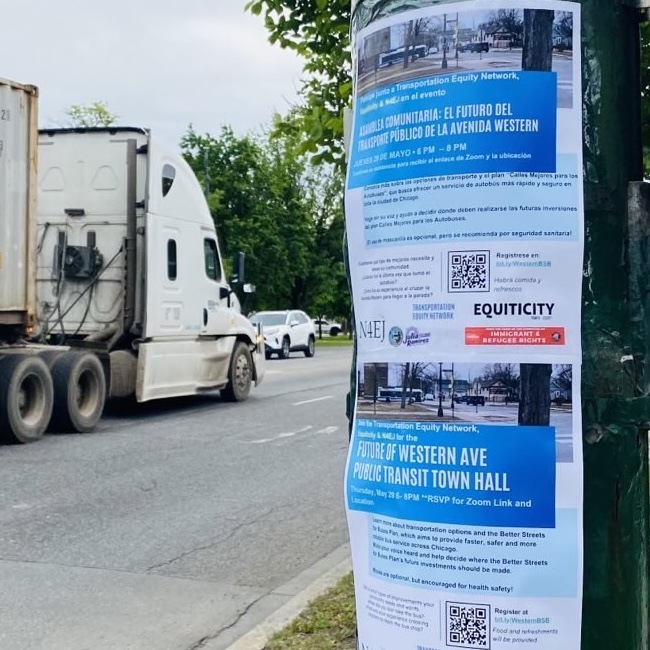 Community survey
Community survey
In addition to the stories shared in person, we gathered dozens of responses through a community survey designede to provide data to help us advocate for a transportation system that works for everyone.
For example, we asked respondents to rank the most challenging aspects of public transit along Western Avenue, including inadequate infrastructure, inconvenient bus stops, and a lack of inclusive design for people with disabilities. We asked respondents to prioritize potential improvements such as street safety, more transportation options, and better public transit service.
We received responses from 64 area residents, many echoing the concerns we heard at our meeting:
- 78% of respondents ranked the lack of bike racks and garbage receptacles, along with faded crosswalks and interrupted bike lanes, among their top three major concerns.
- 77% expressed that unsafe streets for pedestrians and cyclists are a significant issue,
- 72% highlighted service delays and other scheduling problems as a top concern.
Many said buses are so unpredictable they have to leave 30 to 45 minutes early, or give up and drive, even when they don't want to. Others described Western Ave as feeling more like a dangerous highway than a street meant for people.
Nearly everyone agreed: improvements to service reliability (93%), safety for pedestrians and cyclists (90%), accessibility for wheelchairs and strollers (84%), and more transportation options (67%) shouldn’t wait for the future; they’re needed now.
 Survey respondents were recruited via flyers posted along Western Avenue and at the town hall event. Sixty-four people completed the survey.
Survey respondents were recruited via flyers posted along Western Avenue and at the town hall event. Sixty-four people completed the survey.
Most respondents were between 25 and 34 years old (55%), followed by 35 to 44 years old (22%), and most were men (66%). In terms of race and ethnicity, most identified as white (65%), with 16% identifying as Hispanic or Latine, and 13% as Asian.
Regarding educational attainment, nearly all respondents (95%) had a Bachelor’s degree or higher. Additionally, 83% reported not having children under 18. Concerning wards, the largest groups lived in Ward 12 (21%), Ward 47 (17%), and Ward 1 (13%).
For questions about the survey, please contact Jose Manuel Almanza at Equiticity (jose@equiticity.org) and Juanita Vivas Bastidas at Loyola University Chicago (jvivas1@luc.edu).
Fiscal cliff: high stakes for Western Avenue, and beyond
Only days after our community meeting, Springfield failed to pass the public transit funding bill.
The sense of hope some felt in that room, turned into anger and disappointment. For many, it confirmed a suspicion that our communities will always be the first to be left behind, that our daily commutes, our time, and our lives don't matter enough for the politicians to take action.
And the stakes could not be higher. If lawmakers don't come back to finish the job, CTA, Metra, and Pace face devastating service cuts, fare hikes, and layoffs. Transit workers who have kept the system running through the pandemic and new hires could lose their jobs. Riders who already wait 30+ minutes for a bus will be left with even fewer options. Families will be forced to spend more money on unreliable transportation or give up jobs, appointments, and opportunities because the system simply doesn't work.
We don’t have to accept this. We know what the solutions are:
- Invest $1.5 billion in a public transit system that millions rely on.
- Adopt and implement the Better Streets for Buses Plan, which offers various improvements to make bus service faster, more reliable, and more comfortable.
- Develop accessible bus stops with improved sidewalks, crosswalks, covered shelters, benches, lighting, and real-time travel information.
- Create bus-friendly streets with dedicated lanes to avoid congestion and prioritize bus movement.
- Add turn signals, synchronize traffic signals, and convert stop signs to traffic signals to improve bus intersections.
- Modernize bus service with Bus Rapid Transit and better connections between Metra, Pace, and CTA.
- Make public transit reliable, safe, and accessible, not just in name, but in reality.
- Center the voices of the people who ride the bus every day, not just consultants and politicians.
The fight isn't just about buses and trains; it's about dignity. It is about whether a parent can get to work on time, whether a senior citizen can make it to a doctor's appointment, and whether a student can get home safely from school.
At the town hall, 98 community members from across the city signed up ready to imagine a better public transit system in Chicago. Now is the time for elected officials to meet that urgency with action.
This work was organized and led by N4EJ, the Transportation Equity Network, TEN, coordinated by Center for Neighborhood Technology, CNT, the Committee on Immigrants and Refugee Rights, and Equiticity–organizations committed to making sure public transit serves the people who rely on it the most. Deep thanks to all and to Sociology researchers Maria Akchurin and Juanita Vivas Bastidas from Loyola University Chicago for co-organizing and holding space with the community..

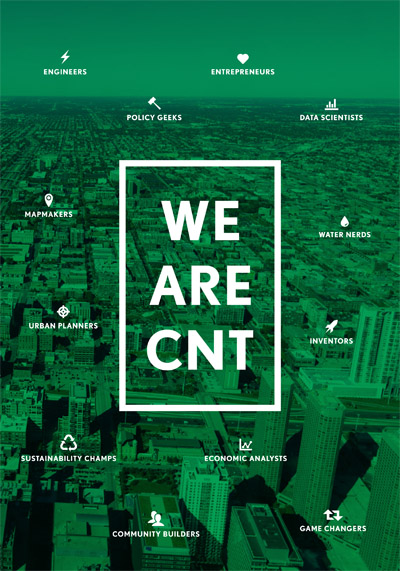
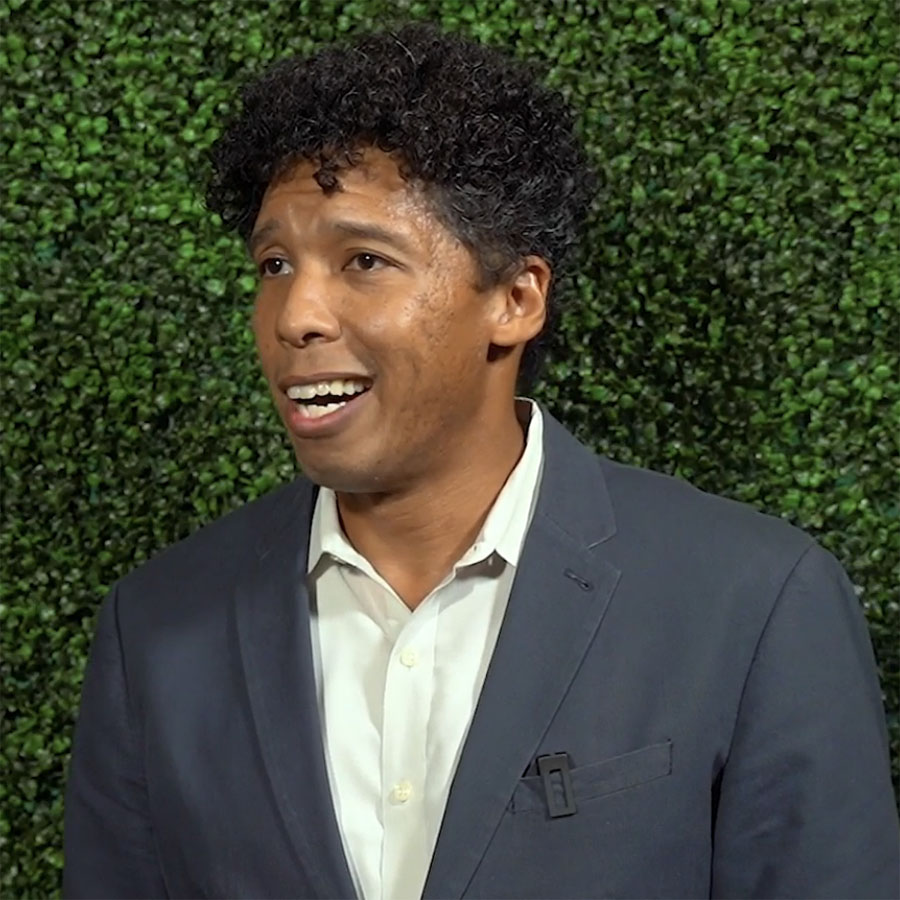
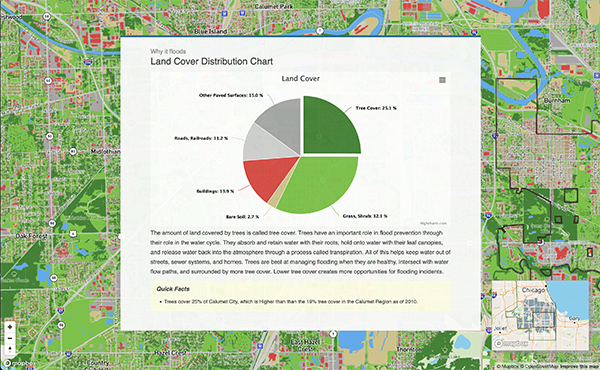
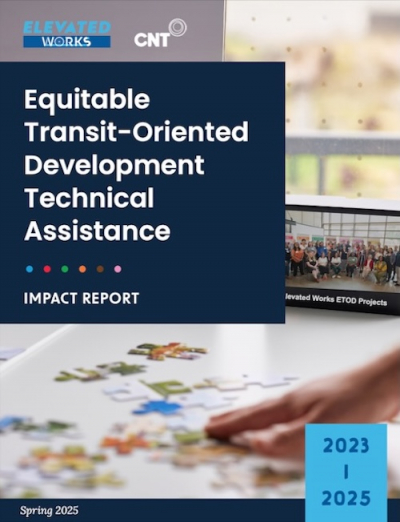
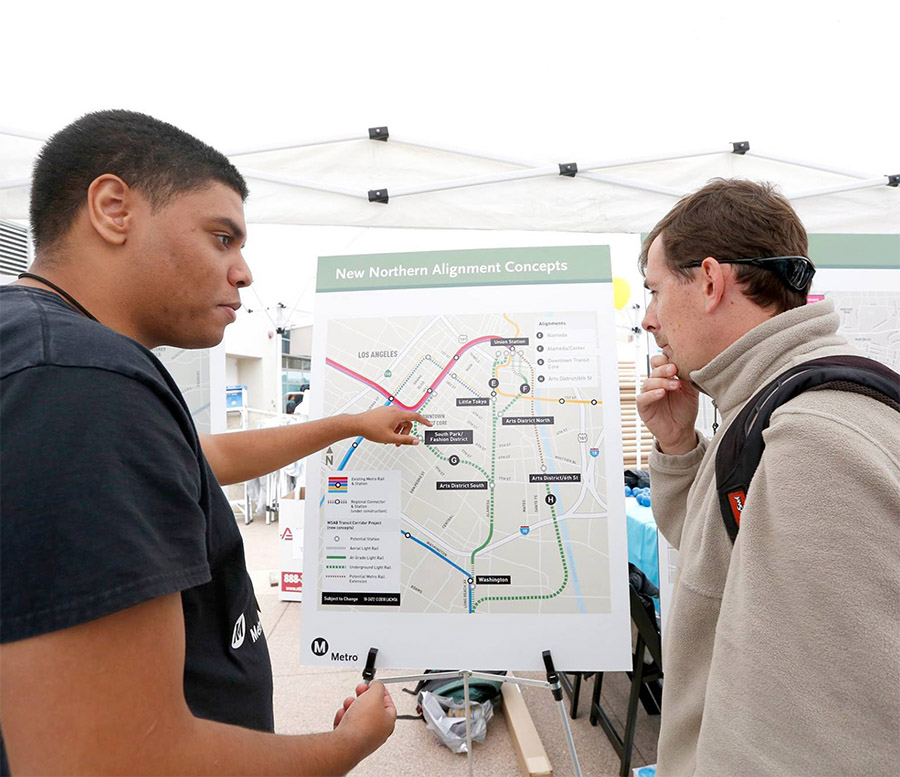 Strengthening Transit Through Community Partnerships
Strengthening Transit Through Community Partnerships
